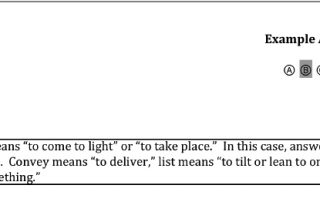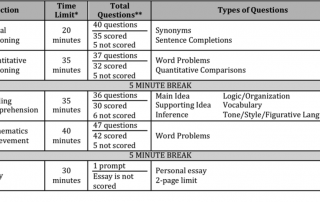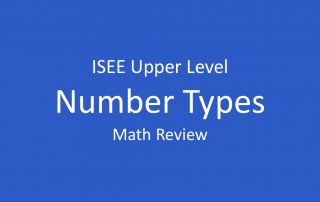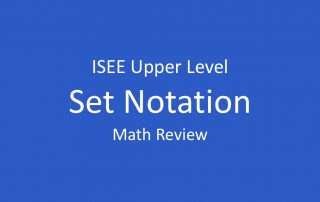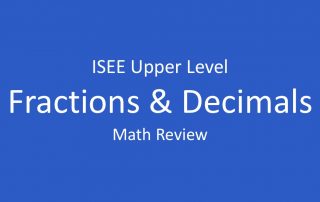About the ISEE Upper Level
 The ISEE Upper Level is the ACT of private school admissions for grades 9 through 12. Just as colleges use the SAT and ACT to determine applicant preparedness, many independent schools across the US achieve the same effect with the ISEE.
The ISEE Upper Level is the ACT of private school admissions for grades 9 through 12. Just as colleges use the SAT and ACT to determine applicant preparedness, many independent schools across the US achieve the same effect with the ISEE.
Because teachers, curriculums, and academic difficulty vary from school to school, a student’s report card is not sufficient enough to accurately compare students from different schools. Therefore they use a standardized test like the ISEE.
ISEE is an acronym that stands for the Independent School Entrance Exam. It is administered by the non-profit group ERB, Educational Records Bureau. You’ve probably heard of ERB before in the context of annual testing, particularly if your school administers the CTP-4, which is somewhat similar to the ISEE.
ISEE Upper Level Research, Analysis, & Adice
Synonym Questions on the ISEE Upper Level
The Upper Level ISEE Verbal Reasoning section is composed of two parts - synonyms and sentence completions. You will have 20 minutes to answer 20 Synonym Questions and 20 Sentence Completion Questions. These questions test your knowledge of vocabulary and your ability to apply that knowledge. (Skip this how-to guide and go straight to practicing - free log-in required) For Synonyms, you must know the definition of the word in [...]
ISEE Upper Level Overview and Test-Taking Strategies
The Educational Records Bureau (ERB) developed the Independent School Entrance Exam (ISEE) as an admissions tool for private schools, much like the SAT and ACT are used as admissions tools for colleges and universities. The ISEE tests a student’s knowledge of and skills in vocabulary, math, reading, writing, critical thinking, and reasoning to demonstrate to private schools the student’s capabilities and how well the student might perform under their instruction. [...]
ISEE Math Review – Number Types
The ISEE will directly and indirectly test your knowledge of number types. For example, a word problem may include rules where its values may only be integers or whole numbers. Real Numbers (Numbers that Exists) Natural Numbers include positive numbers do not include zero do not include negative numbers do not include decimals or fractions Examples ✓ 1, 2, 3, 4 [...]
ISEE Math Review – Set Notation
You may be faced with questions that ask you to find the union or intersection of a set of numbers or lines. Usually, set notation is used to demonstrate the relationship between elements of information. A set is simply a group of things, such as numbers, objects, ideas, places, or geometric shapes. The items in the group are called elements and are surrounded by braces or { }. Though you [...]
ISEE Math Review – Fractions and Decimals
Rational numbers are numbers that can be represented as a fraction whose numerator and denominator are both integers. Fractions Overview The numerator is located in the top portion of a fraction, and the denominator is located in the bottom portion of a fraction. The denominator cannot be zero, as any number divided by zero is considered undefined, but the numerator may be zero. An improper fraction contains a numerator that [...]
ISEE Math Review – Prime Numbers
A prime number is a positive number that has only two factors: 1 and the number itself. Zero is not prime because it has many factors (any number times zero is zero). One is not prime because it only has one factor: the number 1. The only even prime number is 2 since any even number can be divided by 2. Remember, prime factors are prime numbers that are the [...]


